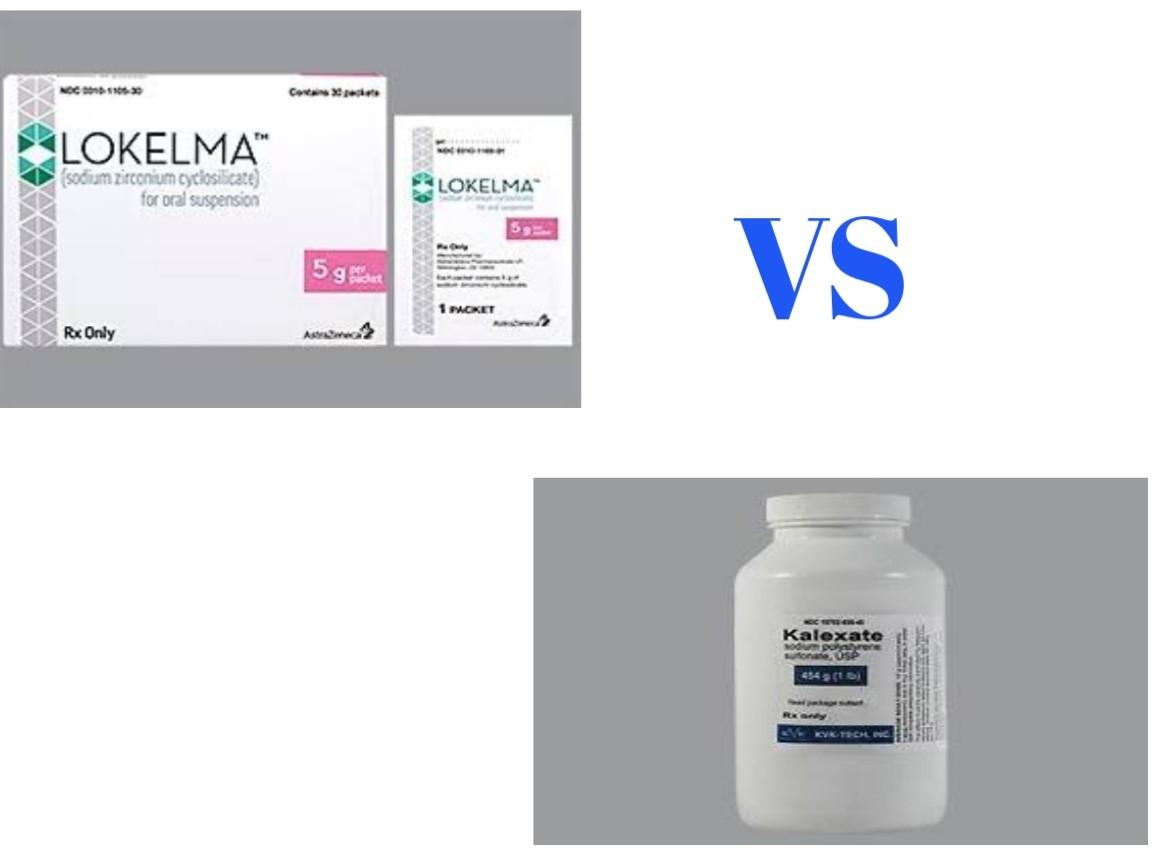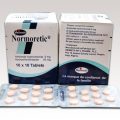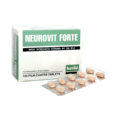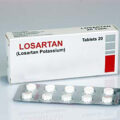What is Lokelma?
Lokelma is a brand of sodium zirconium cyclosilicate used to treat high levels of potassium in the blood. It works by binding to potassium in the gut. This medication does not work right away, and should not be used to treat life-threatening high levels of potassium.
How is Lokelma used?
This medication is taken by mouth as directed by your doctor. If you are taking other medications, take them at least 2 hours before or 2 hours after taking this medication. Your doctor may direct you to start taking this medication 3 times a day for the first 48 hours, then decrease to once daily, or once every other day. Patients on dialysis should only take this medication on non-dialysis days. Follow your doctor’s instructions carefully. The dosage is based on your medical condition and response to treatment. Your doctor will order blood tests to monitor your response to this medication.
This medication must be mixed before taking. Open the packet and pour the contents into a drinking glass with about 3 tablespoonfuls or more (45 milliliters or more) of water. Stir, then drink the mixture right away. If there is any powder left in the glass, add more water, stir and drink again. Repeat until no powder is left in the glass to make sure you take all of it.
Use this medication regularly to get the most benefit from it. To help you remember, take it at the same time(s) each day. Tell your doctor if your condition lasts or gets worse.
What is Kayexalate?
Kayexalate is a brand of sodium polystyrene sulfonate which binds itself to potassium in your digestive tract. This helps prevent your body from absorbing too much potassium. Kayexalate is also used to treat high levels of potassium in the blood, also called hyperkalemia.
Kayexalate works differently from other medicines because it passes into your intestines without being absorbed into your blood stream. Kayexalate may also be used for purposes not listed here.
How is Kayexalate used?
This medication is taken by mouth, or use it rectally as directed by your doctor. If you are taking this medication by mouth, take it usually 1 to 4 times a day as directed by your doctor. To prepare the liquid suspension, carefully measure the prescribed dose of the powder and mix it with the prescribed amount of water or flavored syrup as directed. Stir well and drink the entire dose. Stay upright (sitting, standing, or walking) and do not lie down for at least an hour after your dose. Consult your doctor for details.
Sodium polystyrene sulfonate may decrease your absorption of other medications. Take your other medications as directed by your doctor, usually at least 3 hours before or 3 hours after sodium polystyrene sulfonate. Ask your doctor or pharmacist for more information or if you have any questions.
To give this medication rectally as an enema, use the prescribed dose usually every 6 hours as needed or as directed by your doctor. Consult your doctor or pharmacist for directions on how to prepare and mix the dose into a suspension and how to use the enema. Follow instructions for the use of a cleansing enema both before and after your dose of sodium polystyrene sulfonate. The cleansing enema after each rectal dose of this medication should be a non-sodium-containing enema.
Stir the suspension well, and use it soon after mixing. Do not store the mixture for more than 24 hours. Do not heat this medication because it may not work as well.
The dosage and length of treatment are based on your medical condition and response to treatment. Follow your doctor’s instructions carefully. Do not use more of this medication or use it for longer than directed because your potassium blood level may drop too low. Keep all laboratory and medical appointments so your doctor can check your potassium blood level.
Lokelma Vs Kayexalate Which is More Effective
The Lokelma appear to work better than Kayexalate in reducing serum potassium levels within an hour and restoring normal levels after about 2 hours in most patients although the drug was tested against placebo (not Kayexalate) in the clinical trials that resulted in its approval.
Zirconium silicates like Lokelma are widely used in medical and dental settings and are believed to be generally safe. Lokelma, delivered orally, captures potassium ions in the GI tract through its chemical similarity to endogenous potassium channels. The potassium complex is then excreted in stool. Lokelma is not absorbed into the bloodstream. Edema is a common side effect of Lokelma.
Studies on the use of Lokelma for treating hyperkalemia
There are 4 published studies on the use of Lokelma for treating hyperkalemia in patients with mild hyperkalemia in CKD. On average, onset of action was around 1 hour and median time to achieving normal potassium was 2.2 hours. In addition, ~92% of patients showed normal potassium levels within 48 hours. The most common side effect was mild-to-moderate edema (~6% of patients) which was thought to be from the sodium component of Lokelma. The other most common side effect was GI upset including mild diarrhea, nausea, and abdominal cramping. Most patients tolerated the medication without issue.
One important caveat of these trials is that Lokelma was studied in patients with CKD with mild hyperkalemia. These studies did not include patients with ESRD or emergency department patients with acute elevations in potassium levels. In fact, these trials primarily focused on the exciting new idea that Lokelma could be used concomitantly with ARB/ACE-I for treating CKD patients. For instance, it has been known that ARB/ACE-I are renal protective and would be the ideal HTN medication in patients with CKD. However, their use in this CKD population is limited by their hyperkalemia side effect. With Lokelma, nephrologist could safely give ARB/ACE-I to these CKD patients along with daily Lokelma in long term use.
Below are descriptions of the 4 studies including links to the primary source.
HARMONIZE Trial 2014 (Link)
258 patients with CKD and hyperkalemia received Lokelma 10 grams tid in 48-hour period. Of these patients, 237 patients achieved normokalemia, and were then randomized to the maintenance phase, where they either received Lokelma 5 g (45 pts), 10 g (51 pts), or 15 g (56 pts), or placebo (85 pts) for 28 days. The average potassium level at start of study was 5.6 mEq/L with decline to 4.5 mEq/L during the first 48-hour phase. In fact, median time to normokalemia was 2.2 hours with 84% achieving normokalemia by 24 hours and 98% by 48 hours. The potassium lowering effects of Lokelma were further evidenced by the maintenance phase that showed a stepwise decline in K levels depending on Lokelma dose. The percentage of patients who maintained normokalemia between days 8-29 was highest in the Lokelma 15-gram qd group including (36/45 (80%), 45/50 (90%), and 51/54 (94%) for the 5-g, 10-g, and 15-g Lokelma groups compared to placebo 38/82 (46%).
NEJM 2015 (Link)
Randomized 753 patients with CKD and hyperkalemia to Lokelma 2.5 g, 5 g, 10 g tid, or placebo for 48 hours. After achieving normokalemia, these patients were then randomized to receive Lokelma 5g, 10g, or placebo for 14 days. Again, this study excluded patients with K>6.5, EKG changes, patients requiring hospitalization, and patients receiving HD. These patients on average had K 5.3 mEq/L. The Lokelma 10-g group showed a mean reduction of 0.7 mEq/L vs. a 0.5 mEq/L reduction in both the 5-g and 2.5-g groups. The placebo group had a mean reduction 0.3 mEq/L. Again, this study showed improved rate of normokalemia in the Lokelma group vs. placebo in days 3-14.
Clinical Journal of American Society of Nephrology 2019 (Link)
751 patients with CKD received Lokelma 10 g tid for 24-72 hours. Once they achieved normokalemia, they were randomized to receive Lokelma 5-g qd for 12 months without any dietary or medication restrictions. Of the 751 patients, 746 (99%) achieved normokalemia during the first 72 hours. The mean starting potassium level was 5.5 mEq/L with 82% reaching normokalemia within 24 hours with mean reduction 0.72 mEq/L at 24 hours. However, the main objective of this trial was to observe the real-life compliance of Lokelma as well as to investigate if rates of ARB/ACE-I use increased while on Lokelma. Of these studied patients, 63% of patients completed the 12-month time period. 65% also used ARB/ACE-I with 87% of these patients able to continue or even have their dose increased while on the maintenance dose of Lokelma.
Kidney International 2015 (Link)
This was the first study of Lokelma in Humans. It was a Phase 2 trial that included 90 patients that were randomized to receive Lokelma 0.3 gram (12 pts), 3 gram (24 pts), and 10 grams (24 pts), or placebo (30 pts) tid. The 10-g group saw K levels decrease on average 0.92 mEq/L after 38 hours of treatment. This study also showed that Lokelma was relatively well tolerated.






